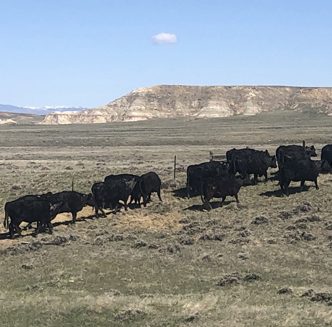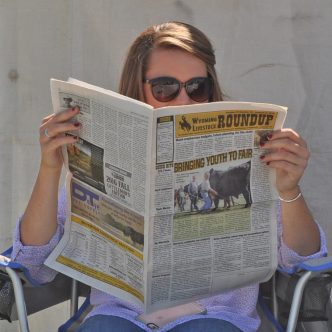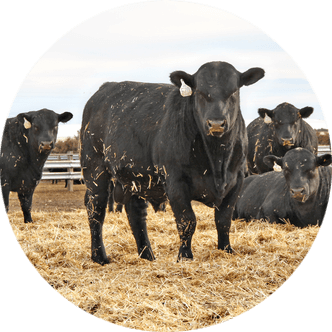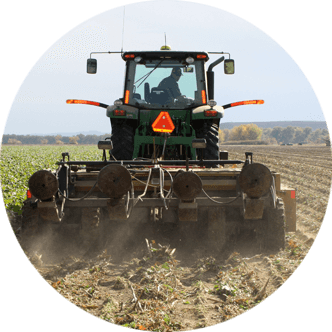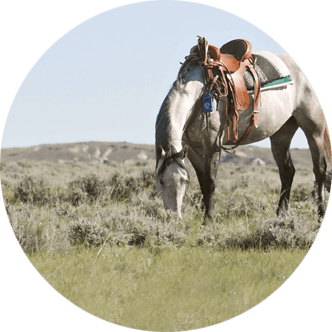Postcard from the Past: Halloween, Old and New
Compiled by Dick Perue
As reported in the Converse County Herald on Oct. 29, 1903:
We are again on the threshold of another Halloween, also known as All Saints’ Day or All Hallows, as it was called in olden times. Then, it was customary to observe the eve preceding All Hallows, and it was consequently called Halloweven and, in time, Halloween.
Perhaps it was because the saints were thought to be in the ascendancy on Nov. 1 that the superstitious folk of ye olden days imagined mischievous fairies and all other imps and gnomes held their highest revel of the year the night before.
Anyhow, all of the witches who ever were heard of were looked for on Halloween, and from time immemorial the eve of All Hallows has been the particular night of the year when “high jinks” of the weirdest and uncanniest sort prevail.
Every year of the late years, all of the popular publications of the day have devoted more or less space to telling over again the old Halloween rites, but none of them gives so good an account of the Halloween mysteries as Robert Burns’ poem “Halloween,” which any and everyone may read for themselves.
Remember, one who does not know old Scottish dialect must read an edition of Burns with footnotes or a glossary.
The ancient Halloween customs are dying out in part, even among the Scottish peasantry, where they were most firmly entrenched, but Halloween parties, in which some of the more modest of the old games are played, are given each year by young people all over America, England and Scotland.
The modern Halloween party is apt to be a dance and supper, with a few more or less modified games of other days thrown in.
The old-time supper was buttered sowens, a kind of porridge made of oatmeal dust, eaten the year round but with butter only on holidays.
Modern appetites do not care for sowens, and the up-to-date Halloween supper does not differ from the spreads prepared for refined palates at other merrymakings, except perhaps, in the quaintness of menu cards.
What is sowens?
Sowens is a Scottish dish made using starch remaining on the inner husks of oats after milling.
Husks are allowed to soak in water and ferment for a few days. The liquor is strained off and allowed to stand for a day to allow the starchy matter therein to settle.
The liquid part, known as swats, is poured off and can be drunk.
The remaining sowens are boiled with water and salt until thickened, then served with butter or dipped into milk. The flavor is distinctly sour.
The origins of Halloween
The origins of Halloween can be traced all the way back to the ancient Celtic festival known as Samhain – pronounced ‘sow-in’ in Gaelic language.
It was originally an event marking the end of the harvest season and the beginning of winter in Ireland. The day after, Nov. 1, would mark the ancient Celts’ new year.
Like other ancient Gaelic festivals, Samhain was seen to be a liminal time, when the boundaries separating the spiritual world and the real world were reduced. This is why Halloween has become associated with the appearance of spirits, fairies and ghosts from the mythical “Otherworld.” – As reported on HistoryHit on the internet.

